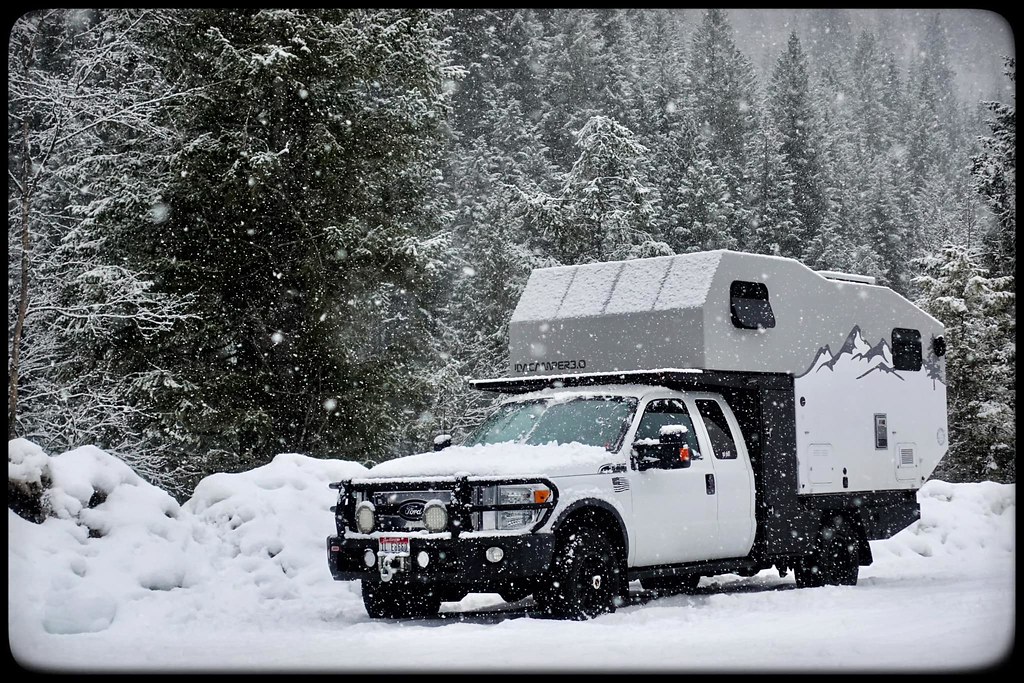CoyoteThistle
Adventurer
So I know all the standard reasons why dual rear wheels are frowned upon off road. Main fear seems to be rocks stuck between tires damaging sidewalls. Also more tire pushing through deep sand or snow instead of single rear tire following the tracks of the fronts. That all makes sense, but what does it mean in the real world? I've seen plenty of dually ranch vehicles on a wide range of dirt roads out west here - where there are rocks and snow. In the off road camper world, dual rear wheels seem to be unacceptable however. I know singles look cooler and more off-roady and give more tire size choices, but is there really more to it than that?
For context, I'm looking at platforms for a 4X4 or AWD camper build that will wind up in the 10k lbs total weight neighborhood. I have absolutely no illusions that something that big will be a real off road vehicle but it would see plenty of dirt roads, snow, and likely some sand here and there. But, 95% of driving will be on highways where the extra stability of DRW sounds like an advantage. And the extra cost of converting to super singles is not appealing. My preferred platform at this moment is only available as DRW, but that is really the only downside of that truck. Trying to get you all to talk me into it being okay (or a horrible idea
(or a horrible idea  ).
).
Thoughts?
For context, I'm looking at platforms for a 4X4 or AWD camper build that will wind up in the 10k lbs total weight neighborhood. I have absolutely no illusions that something that big will be a real off road vehicle but it would see plenty of dirt roads, snow, and likely some sand here and there. But, 95% of driving will be on highways where the extra stability of DRW sounds like an advantage. And the extra cost of converting to super singles is not appealing. My preferred platform at this moment is only available as DRW, but that is really the only downside of that truck. Trying to get you all to talk me into it being okay
Thoughts?


